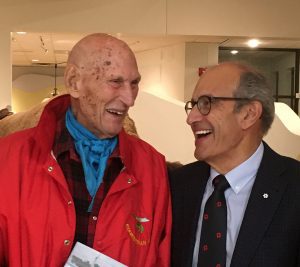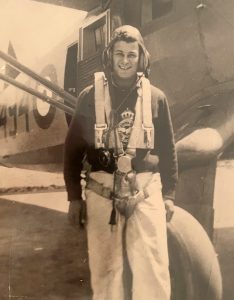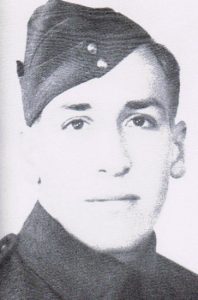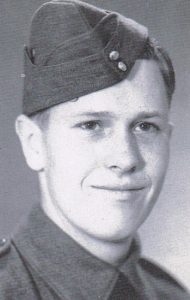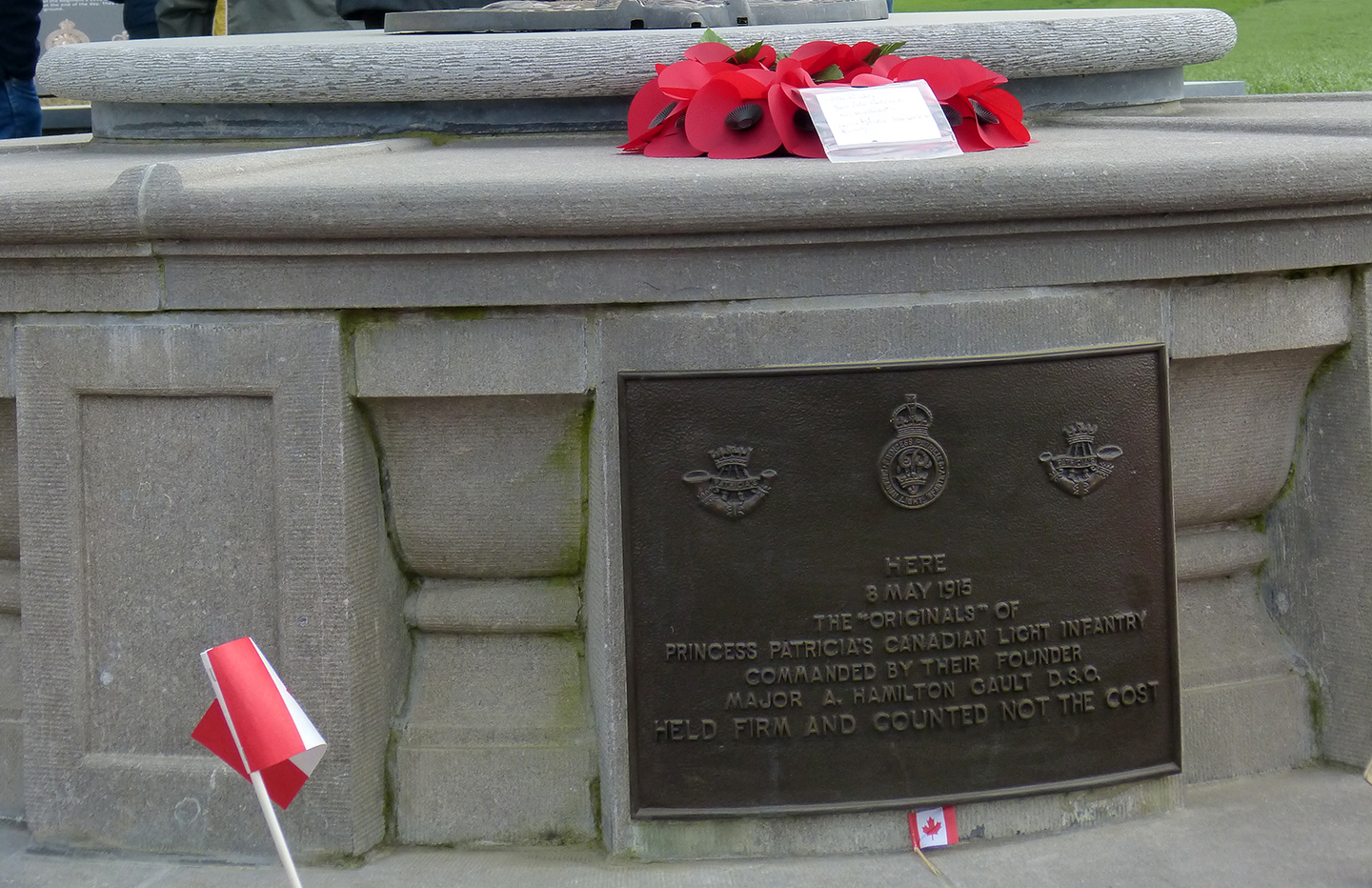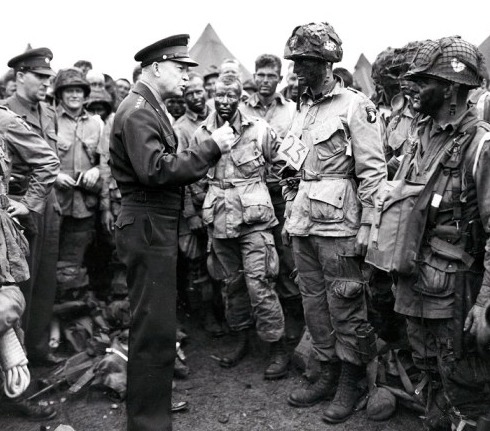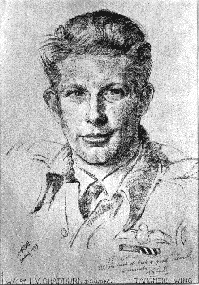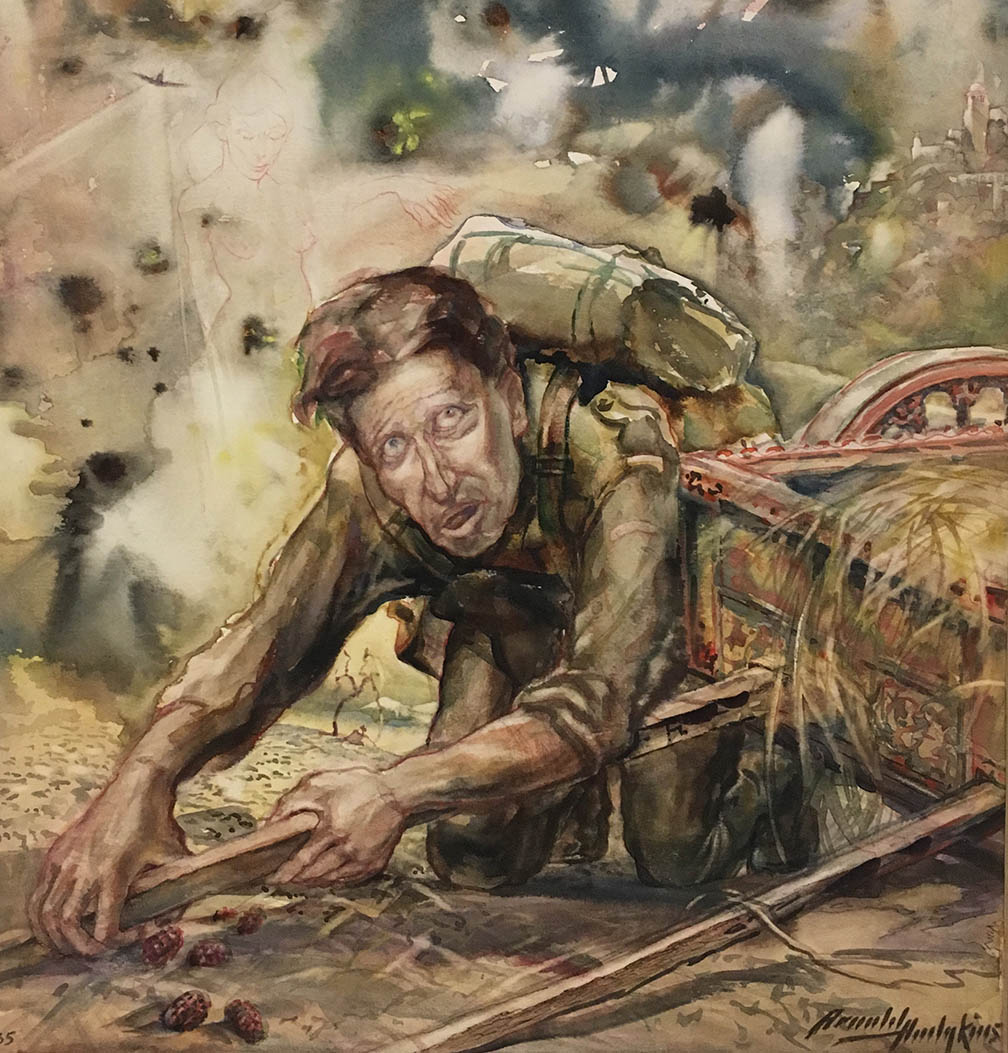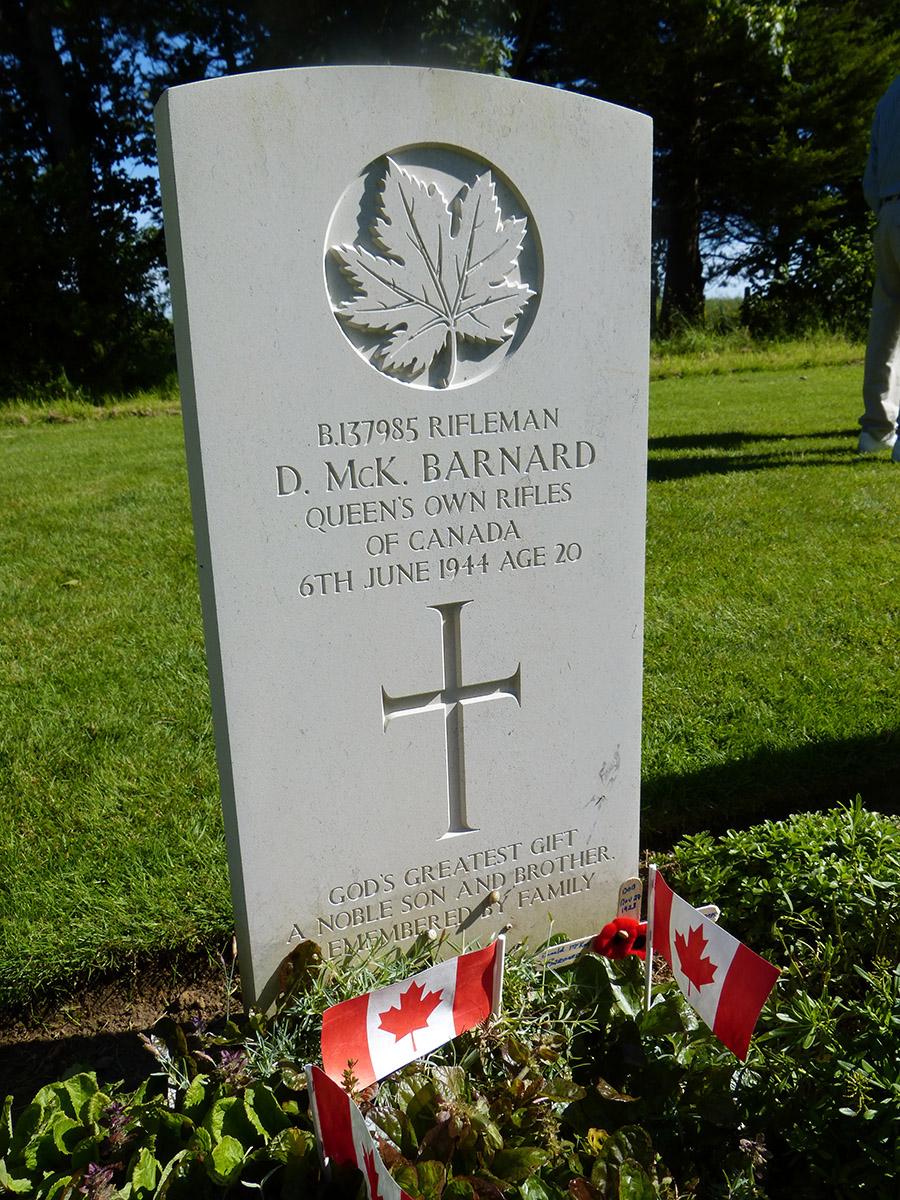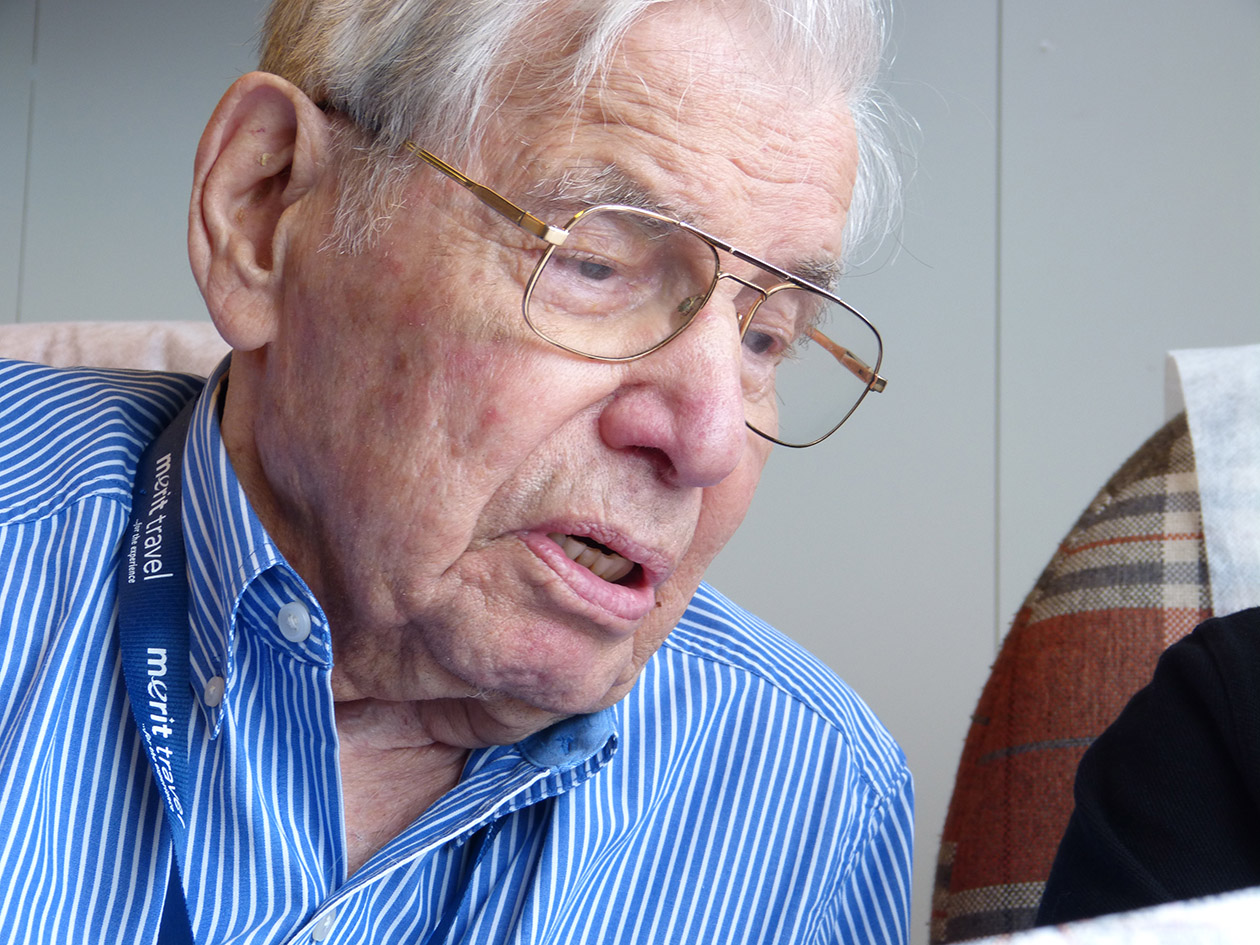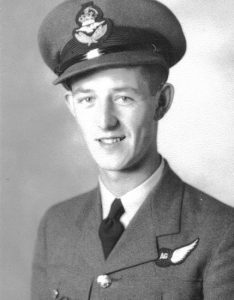
In the dead of night in western Poland, Albert Wallace made sand disappear. That winter of 1944, he trekked through snow, his RCAF airman’s pants concealing long sacks of sand excavated from secret escape tunnels. Inside a now darkened theatre, his German captors had allowed POWs to build inside their prison compound, Wallace quietly stepped into a designated row of seats.
“I was told to sit there because that’s where the trapdoor was,” Wallace said. “I sat in seat Number 13, pulled the sack strings and emptied the sand inside my pants through a trapdoor hidden under the seat.” (more…)
